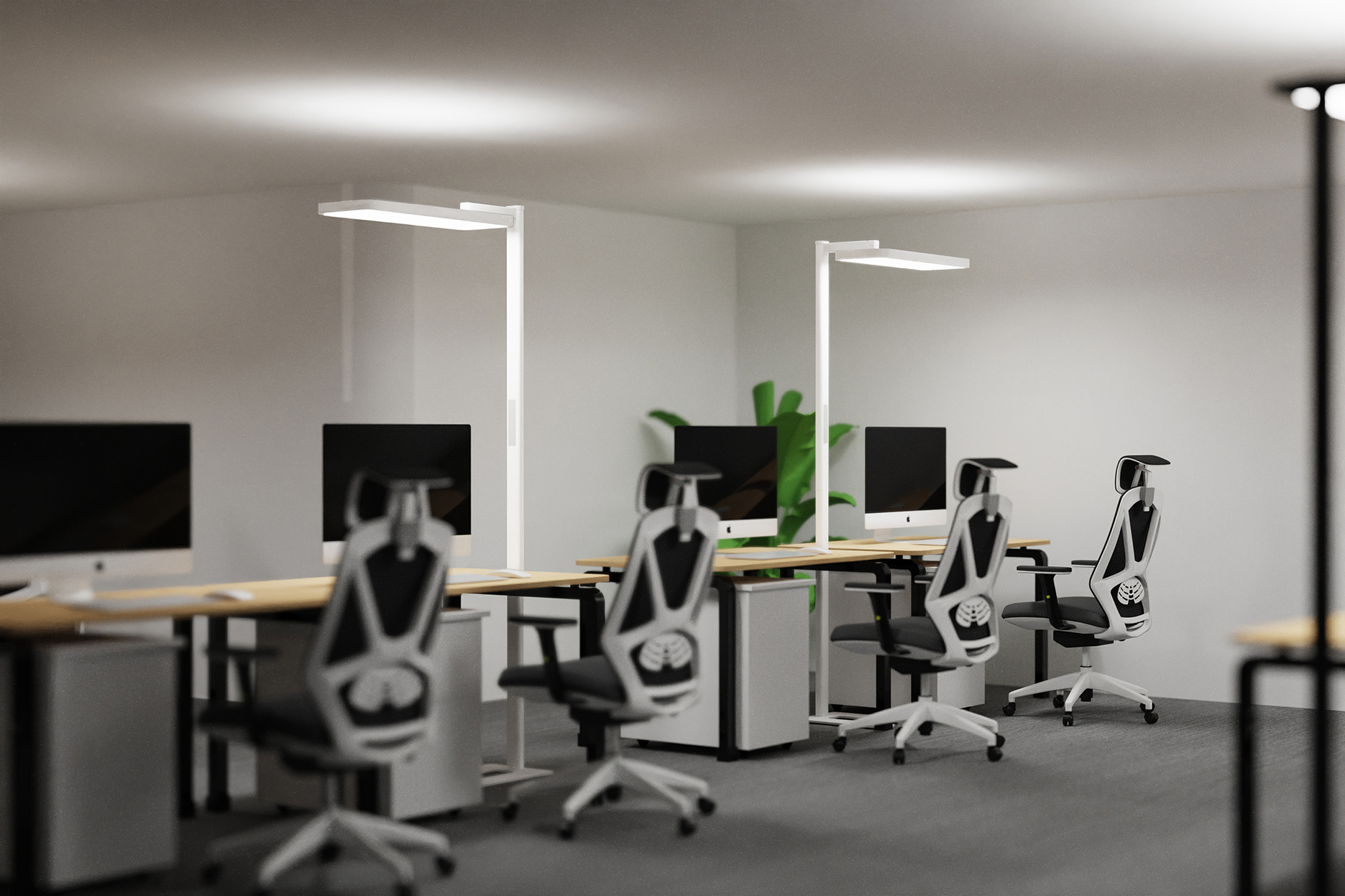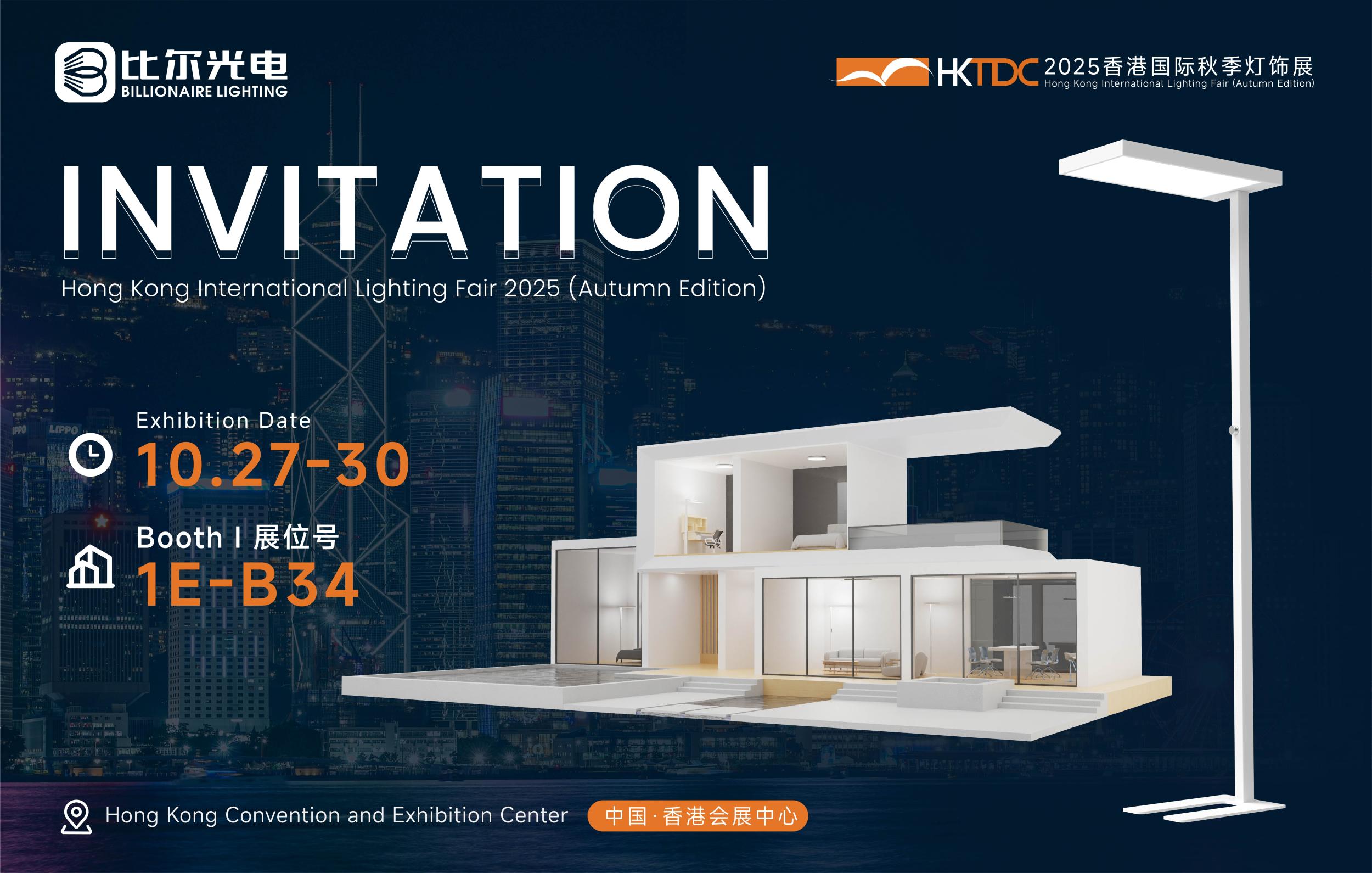1. Ambient Lighting
Many floor standing luxury lamps are designed to provide ambient lighting. This type of lighting creates a general and soft illumination that fills the room. For this purpose, the lamp shade is designed to diffuse the light evenly in all directions. A large, round fabric shade or a frosted glass shade can be effective in achieving this. The color temperature of the light source also plays a role. Warm white light (around 2700 3000K) is often used for ambient lighting in living rooms as it creates a cozy and inviting atmosphere, similar to the glow of a fireplace.
2. Task Lighting
Some floor standing lamps are also used for task lighting, especially in living rooms that double as reading or working areas. In these cases, the lamp may have an adjustable arm or a focused light source. The height and angle of the lamp can be adjusted to direct the light onto the specific task area, such as a reading chair or a small desk. The light source may be a brighter LED or an incandescent bulb with a higher lumen output, and the shade may be designed to direct the light downward in a more concentrated manner.
3. Accent Lighting
Floor standing luxury lamps can also serve as accent lighting. They can be used to highlight certain features in the living room, such as a piece of art, a decorative object, or an architectural detail. The light can be directed in a specific way to create a spotlight effect. For example, a lamp with a narrow beam LED and an adjustable head can be positioned to shine on a painting or a sculpture, drawing attention to it and enhancing its visual impact.
Historical Influences on Floor Standing Luxury Living Room Lamps
1. Classical and Renaissance Influences
The design of many luxury floor lamps draws inspiration from classical and Renaissance art. The use of columns and bases with Greek or Roman inspired motifs, such as acanthus leaves, fluted columns, or Corinthian capitals, is common. These elements bring a sense of grandeur and history to the lamp. During the Renaissance period, the emphasis on craftsmanship and the use of precious materials also influenced the creation of elaborate lamp designs. Lamps with gold leaf accents, intricate carvings, and richly colored fabrics can be traced back to this influence.
2. Art Nouveau and Art Deco Movements
The Art Nouveau movement had a significant impact on lamp design. Characterized by flowing, organic lines inspired by nature, Art Nouveau lamps often had bases and shades with floral, vine like, or female figure motifs. The materials used were often a combination of glass, metal, and sometimes enamel. Art Deco, on the other hand, introduced geometric shapes, bold colors, and a more streamlined look. Lamps from this era might have stepped or zigzag patterns, with materials like chrome, glass with angular cuts, and Bakelite being used. These styles still influence modern luxury lamp designs, with designers often incorporating elements of these movements to create unique and stylish lamps.
3. Mid century Modern Influence
Mid century modern design has left a lasting mark on luxury living room lamps. The simplicity, functionality, and use of new materials during this period are reflected in many contemporary lamp designs. The use of clean lines, simple geometric shapes, and materials like fiberglass, molded plastic, and aluminum are characteristic of mid century modern lamps. These elements are often combined with modern lighting technology to create lamps that are both stylish and practical.



